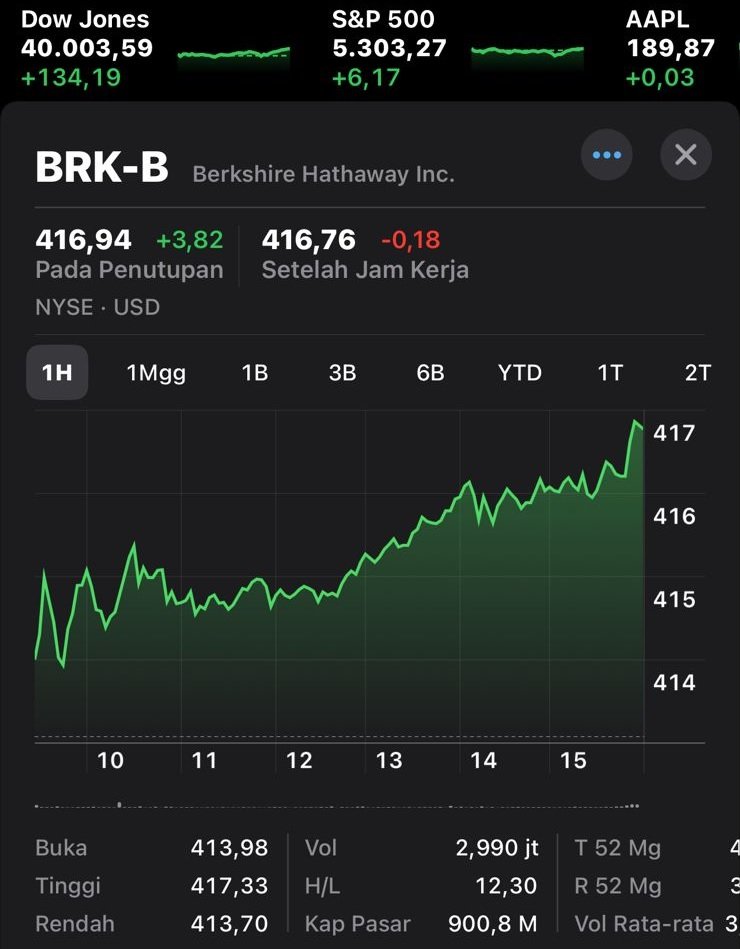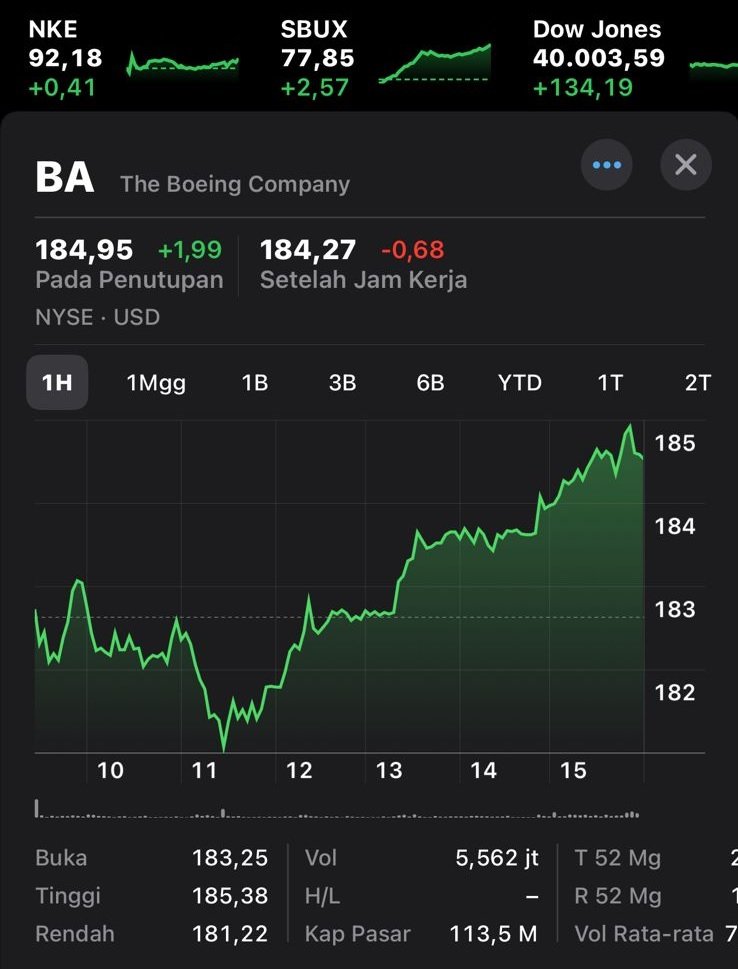Diseconomies of scale is an economic concept that arises when the cost of producing per unit of a good or service increases as the overall scale of production increases. Although economies of scale may bring advantages in reducing unit costs initially, diseconomies of scale indicate that there is a point where these advantages can turn into economic burdens. In this article, we will explore in more depth what diseconomies of scale are, why this phenomenon occurs, and its impact on companies.
1. Understanding Diseconomies of Scale
Diseconomies of scale can occur when a company becomes too large. As the scale of production increases, challenges in efficient management and coordination may arise. This can include more difficult communication issues, complex bureaucracy, and difficulties in managing human resources effectively. Additionally, the need for additional investment in infrastructure and technology to support larger operations may also result in additional costs.
2. Causes of Diseconomies of Scale
Several factors can cause diseconomies of scale to appear. One of them is bureaucracy which increases along with company growth. The larger the company, the more complex its organizational structure, which can hinder decision making and information flow. Lack of efficient communication between parts of the company can also trigger diseconomies of scale.
Additionally, in a larger work environment, it can sometimes be difficult to maintain team spirit and employee motivation. This can lead to decreased productivity and increased labor costs. Therefore, human and organizational factors are one of the main causes of diseconomies of scale.
3. Impact on the Company
Diseconomies of scale can have a significant impact on company performance. Increased production costs per unit can reduce the expected benefits from economies of scale. Additionally, the company may have difficulty competing with smaller, more flexible competitors.
It is important for company managers to identify signs of diseconomies of scale and take corrective action proactively. This may involve organizational restructuring, investment in more efficient management systems, or even better human resource policies.
4. Manage Business Growth Wisely
To avoid the negative impact of diseconomies of scale, companies must manage business growth wisely. This includes understanding the optimum limits of the production scale that can be elaborated without experiencing undesirable cost increases. Sometimes, maintaining a smaller size and focusing on operational efficiency can be more profitable in the long run.
There are several classic reasons why companies aim to increase cost efficiency but result in diseconomies of scale phenomena
In accordance with the vision and mission of a business organization or company where efforts and endeavors to encourage business growth and development in achieving maximum results and profits is always one of the main goals and orientations to be pursued, when you see the wide open market potential and opportunities, The potential to maximize productivity can still be stimulated, so it is in this momentum and position that management makes a business breakthrough by boosting and increasing production output to support the increase in the volume of goods and services sold and available in the market and to encourage cost efficiency and to maximize company profits. It was decided to apply the concept of cost efficiency. However, due to not taking into account and considering many factors such as the company actually having reached the maximum economic scale, in the end this decision had an unfavorable impact with the emergence of the diseconomies of scale phenomenon which actually gave rise to high average costs that had to be borne while the selling price of the product was not increased so that the level of profit also not according to target.
So, from the brief explanation above, the key to the efficiency of the production process is carrying out production with the right economic value. This theory explains how the amount of production output will affect the effectiveness of the production costs incurred. From this, a theory emerged, namely the theory of economics scale and diseconomies scale. These two terms relate to the amount of production or output from a production produced. Where in a production there is a value where a certain amount of output will result in efficient production costs. The greater the output produced, the higher the existing production costs will automatically be.
For example, let’s compare two companies where the first company produces manually so that it produces a small product output but at a large cost and the company that produces a large output but in terms of production costs produces minimal production costs. Well, usually many companies apply a method where the more production output they produce, the lower the production costs they incur. However, there is a value where, after passing the maximum point of output produced, production costs do not decrease but increase along with the increase in output. Well, this is called diseconomics of scale.
The causes of diseconomies can be caused by two causes, namely external factors and internal factors. External factors that play a role are things related to things outside the company, such as the business ecosystem where the company is located, which results in competition for labor and supporting environments such as the living hood ecosystem around the company. Meanwhile, the next factor is the internal factor, where this factor is related to the condition of the company, such as the development of the production scale without paying attention to other things. Other things include the increasing development of the company which will result in communication that is too long because it involves many parties involved. With so many parties involved, it results in worker boredom which results in ineffectiveness in the employee’s performance.
Closing
Diseconomies of scale provide important insight into the complexity of a company’s growth. By understanding this concept, companies can take appropriate steps to maintain a balance between economies of scale and avoid the negative effects that can come with uncontrolled growth. Awareness of the impact of diseconomies of scale also helps companies to remain competitive and adaptive in an ever-changing business environment.













